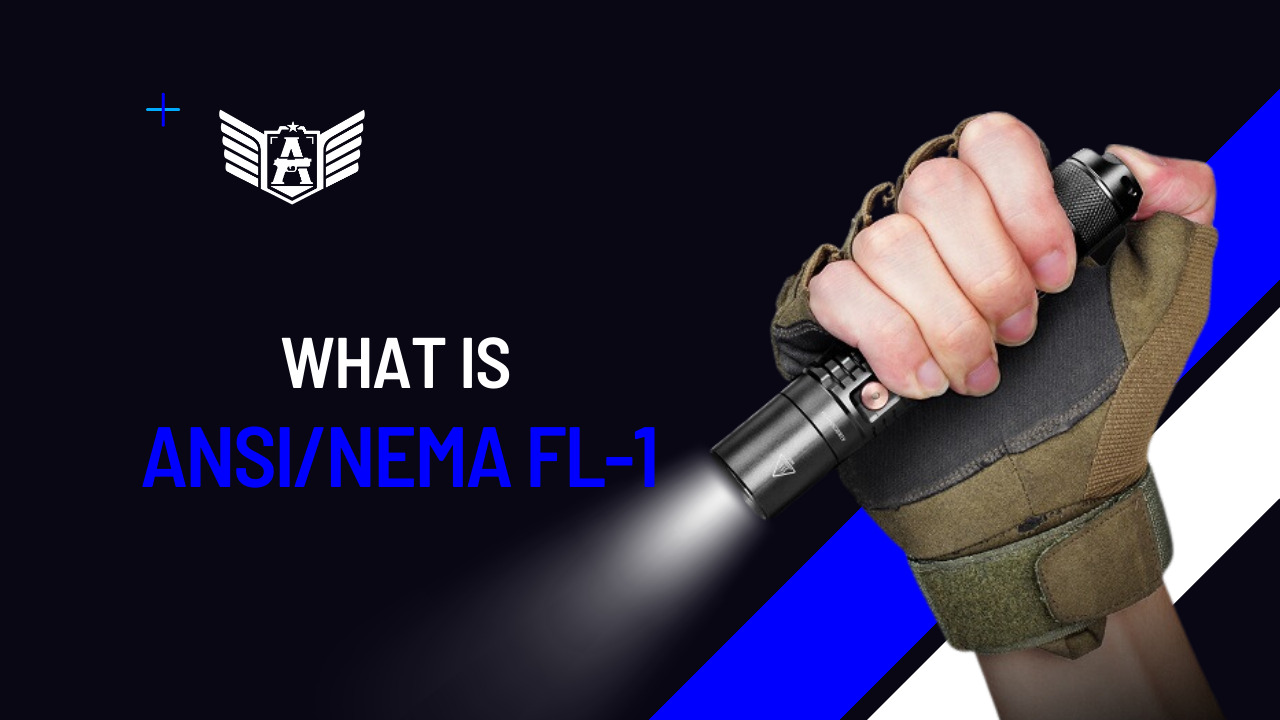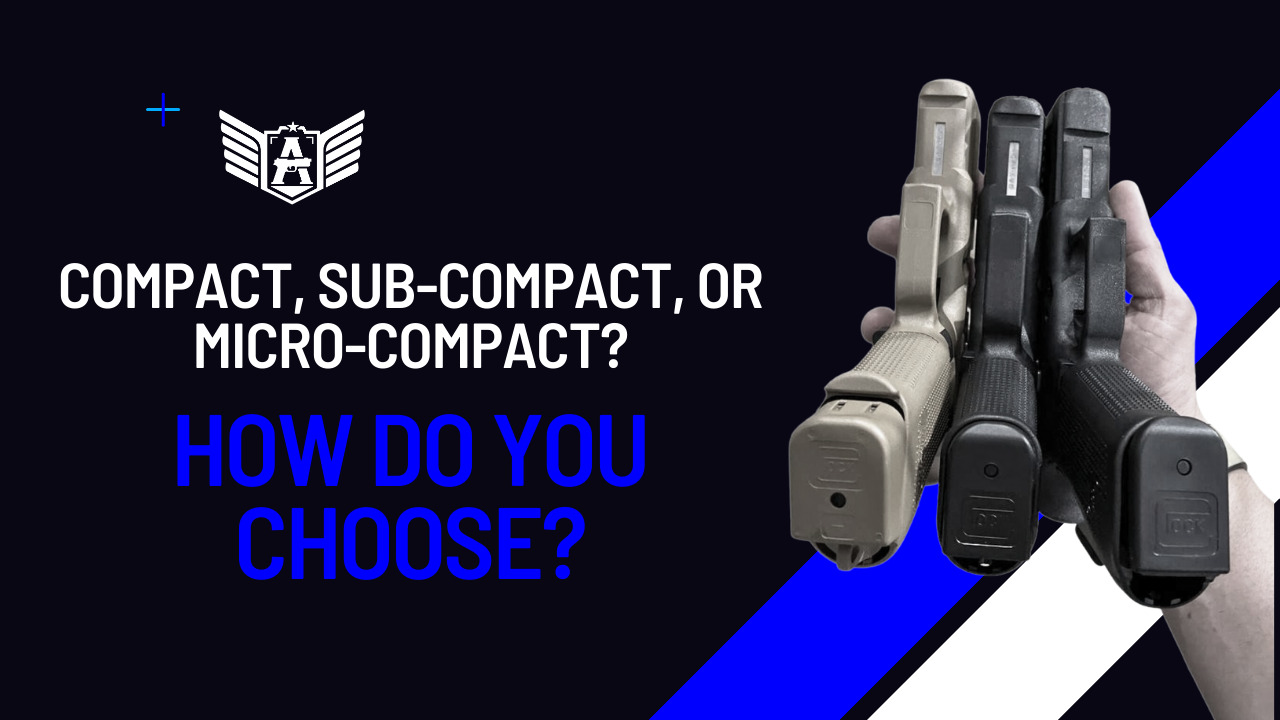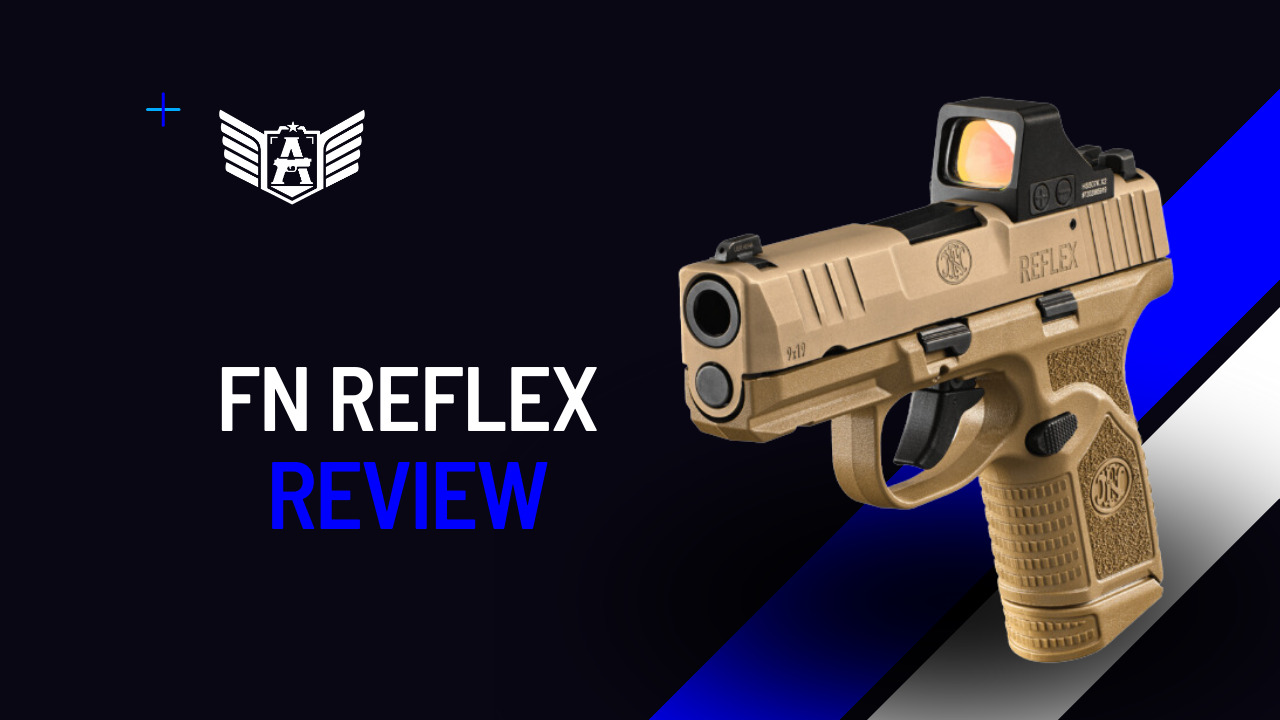On August 18, 2009, the American National Standards Institute (ANSI) granted approval to a new specification aimed at standardizing the performance of flashlights. This particular standard was meticulously formulated by the Flashlight Standards Committee within the National Electrical Manufacturers Association (NEMA), comprising several prominent flashlight manufacturers. The resultant specification is formally recognized as ANSI/NEMA FL-1. As is customary with many technical standards, access to the full document is available exclusively through ANSI or NEMA for purchase.

The primary objective of this standard is to facilitate direct, objective comparisons of flashlight performance for consumers, thereby eradicating any potential for exaggerated claims of light performance—such as ’emitter lumens’ or ‘out-the-front lumens.’ Manufacturers, as well as independent laboratories, are capable of conducting the required tests, albeit it’s a notably costly endeavor due to the essential equipment and calibration involved.
The standard employs six specific criteria for assessment:
- Light Output: Measured in total lumens of output, assessed within an integrating sphere after the flashlight has been active for 30-120 seconds. The 30-second period accommodates the LED’s warming up and battery voltage stabilization, which typically results in a more accurate output reading.
- Runtime: The duration of continuous operation (in minutes) until the light output decreases to 10% of its original value, as measured 30 seconds after activating the flashlight. This test employs the batteries supplied with the flashlight, or in their absence, the manufacturer-recommended batteries.
- Peak Beam Intensity: Light intensity, measured in candela (cd), at the brightest point of the beam. A lux reading is captured at a specified distance (2m, 10m, or 30m) with the flashlight operating at its highest intensity and most focused setting, within a timeframe between 30 and 120 seconds after activation. The lux reading is then multiplied by the square of the distance in meters to obtain candela, which remains constant regardless of the distance, ensuring measurement independence.
- Beam Distance: The distance, measured in meters, at which the flashlight produces an illumination of 0.25 lux, roughly equivalent to the brightness of a full moon. The actual distance is not measured directly but is derived by dividing the peak beam intensity by 0.25 lux and then taking the square root of the result.
- Water Resistance: This category includes three possible ratings: IPX4 (‘Water resistant,’ capable of withstanding splashes from all directions), IPX7 (‘Waterproof,’ allowing for submersion in 1 meter of water for 30 minutes), and IPX8 (‘Submersible,’ capable of extended submersion to a specified depth, e.g., IPX8 10 meters).
- Impact Resistance: Measured in meters, this rating signifies the height from which the flashlight, along with its batteries, can be dropped onto concrete without suffering damage that would impede its functionality. Tests are conducted with the flashlight powered off, and the flashlight is allowed to come to rest before inspecting for any signs of damage. For ratings above 1 meter, each sample flashlight is subjected to six drops with different sides facing the ground.
Listed below are flashlight manufacturers who have adopted the FL-1 standards for labeling on their products, particularly their newer models:
- Underwater Kinetics (UK)
- 4Sevens
- Brinkmann
- Energizer
- Mactronic
- NEXTORCH
- Fenix
- JETBeam
- Inova
- Mag Instrument
- Streamlight
- Sunwayman
(1) https://flashlightwiki.com/ANSI-NEMA_FL-1
(2) https://webstore.ansi.org/standards/nema/ansinemafl2009




